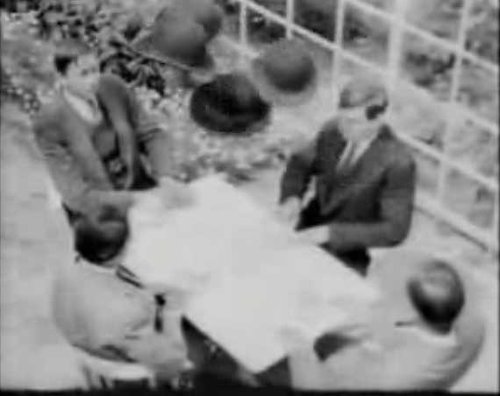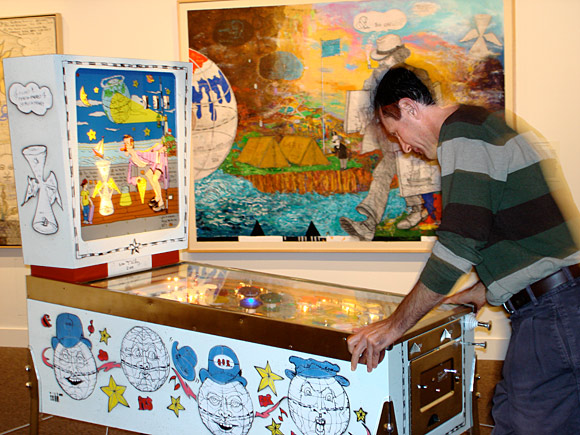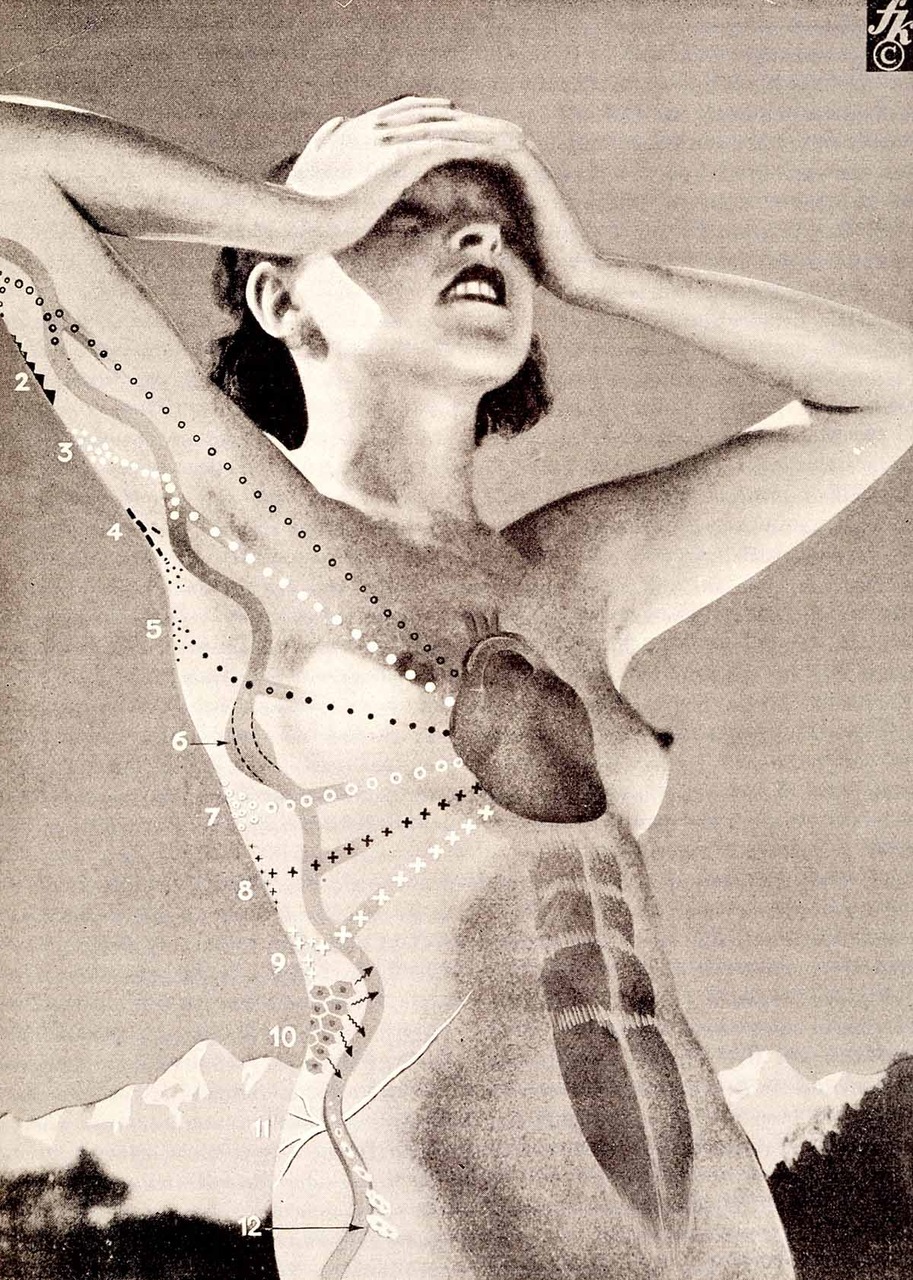This presents an interesting problem. Caricature has never been taken as seriously as realism. The history of Western art, with the exception of the dark ages and the 20th century, has always been derived from realism, and the art of the dark ages probably had more to do with the loss of knowledge and craft than with a conscious artistic choice. Caricature might be seen as clever, but except for artists, nobody values caricature as more than a lightweight diversion. Disney moved more towards illustration when he went into features. The all-cgi features have pushed their visuals towards greater complexity (which sometimes clashes with their character designs). Video games have also gravitated towards realism. I believe that this has been motivated by a desire to be taken more seriously by getting closer to what Western eyes value in art. From Mark Mayerson’s thoughtful post on Avatar’s use of mocap versus keyframe animation, why James Cameron and Peter Jackson can do it successfully (and artfully) but Robert Zemeckis fails at it (the zombie-eyed children of Polar Express, A Christmas Carol), and whether the rift between traditional animation and performance capture speaks to something deeper in the history of representational art.
Tag: art
-
This Presents an Interesting Problem Caricature
-
Face Detection
My camera switches over to portrait-mode whenever it sees a painting or a drawing with a face in it. It stays in AUTO mode otherwise.
According to Popular Mechanics: “a chip inside the camera constantly scans the image in its viewfinder for two eyes, a nose, ears and a chin, making out up to 10 faces at a time before you’ve hit the shutter.”
I decided to test my camera—it’s a Canon Powershot SX120—to see what it decides to regard as a face.
Artist James Gurney tests out his point-and-shoot’s facial recognition chip against works of art and illustration. A mixed bag, but a good reminder that this technology is getting better and cheaper (and subtle) all the time.
-
A Parallel Image
[Video no longer available]
A Parallel Image, an installation by Gebhard Sengmüller in collaboration with Franz Büchinger, consisting of an array of sensors, 2500 wires, and small light bulbs to make an “electronic camera obscura” for lo-fi video transmission.
(Via Make)
-
One of the Artists Desires Is to Give an Account
One of the artist’s desires is to give an account of reality and at the same time to protect it against oblivion and death, and this effort is bound to fail; failure is there from the beginning. For example, Giacometti knows that he cannot grasp life: he will do his brother’s bust and his wife’s portrait again and again without ever achieving his aim, but this explicit failure is part of the beauty of his work. Gerhard Richter, quoted in The Claude Glass by Arnaud Maillet, p. 200.
-
FluidPaint: an Interactive Digital Painting System using Real Wet Brushes
https://www.youtube.com/watch?v=fkl782OqqmA&feature=player_embedded
FluidPaint: An Interactive Digital Painting System using Real Wet Brushes. An experimental project by Tom Van Laerhoven of the Hasselt University Expertise Centre for Digital Media in Belgium. Unlike previous digital painting applications, this one uses actual water (detected by a surface-level IR emitter) to record strokes on the surface and more correctly models the tip of the brush being used, whether rounded or fanned, and it can even simulate a sponge. Looks like it makes some convincing watercolor-like images.
More info: Brush Design for Interactive Painting Applications (PDF)
(Via John Nack at Adobe)
-
The Rotating Kitchen
The Rotating Kitchen, an installation by Zeger Reyers that was put into motion at the Kunsthalle Düsseldorf late last month, where it will keep rotating for the next three months. Hypnotic, like an inside-out katamari.
(Via today and tomorrow)
-
Hito Steyerl: In Defense of the Poor Image

The poor image is a copy in motion. Its quality is bad, its resolution substandard. As it accelerates, it deteriorates. It is a ghost of an image, a preview, a thumbnail, an errant idea, an itinerant image distributed for free, squeezed through slow digital connections, compressed, reproduced, ripped, remixed, as well as copied and pasted into other channels of distribution.
[…]
At present, there are at least twenty torrents of Chris Marker’s film essays available online. If you want a retrospective, you can have it. But the economy of poor images is about more than just downloads: you can keep the files, watch them again, even reedit or improve them if you think it necessary. And the results circulate. Blurred AVI files of half-forgotten masterpieces are exchanged on semi-secret P2P platforms. Clandestine cell-phone videos smuggled out of museums are broadcast on YouTube. DVDs of artists’ viewing copies are bartered.3 Many works of avant-garde, essayistic, and non-commercial cinema have been resurrected as poor images. Whether they like it or not.
– Excerpted from Hito Steyerl’s piece in e-flux journal #10
(Via Rhizome)
-
Punball: Only One Earth (Modified Art Pinball)

Artist-modded classic pinball tables must be all the rage. Seen here: artist William T. Wiley’s Punball: Only One Earth, a modified version of Gottleib’s 1964 North Star table, currently on display at the Smithsonian.
(Via the Smithsonian’s Eye Level blog)
-
AAAARG.ORG
A ‘conversational’ collection of academic theory and discourse on arts, aesthetics, architecture (along with other non-alliterative disicipines), a user-contributed journal. Who needs grad school?
-
Dreaming the Industrial Body

Dreaming the Industrial Body. I’m not sure that I’m following the info that they’re trying to convey about the sun’s effects on our bodies, but it’s definitely an eye-catching image as far as medical literature goes. From Der mensch gesund und krank [The Healthy and Sick Human], menschenkunde 1940 … . Vol. 2, displayed as part of the National Library of Medicine’s Dream Anatomy exhibit. Speaking of which, check out their cool children’s art page!
